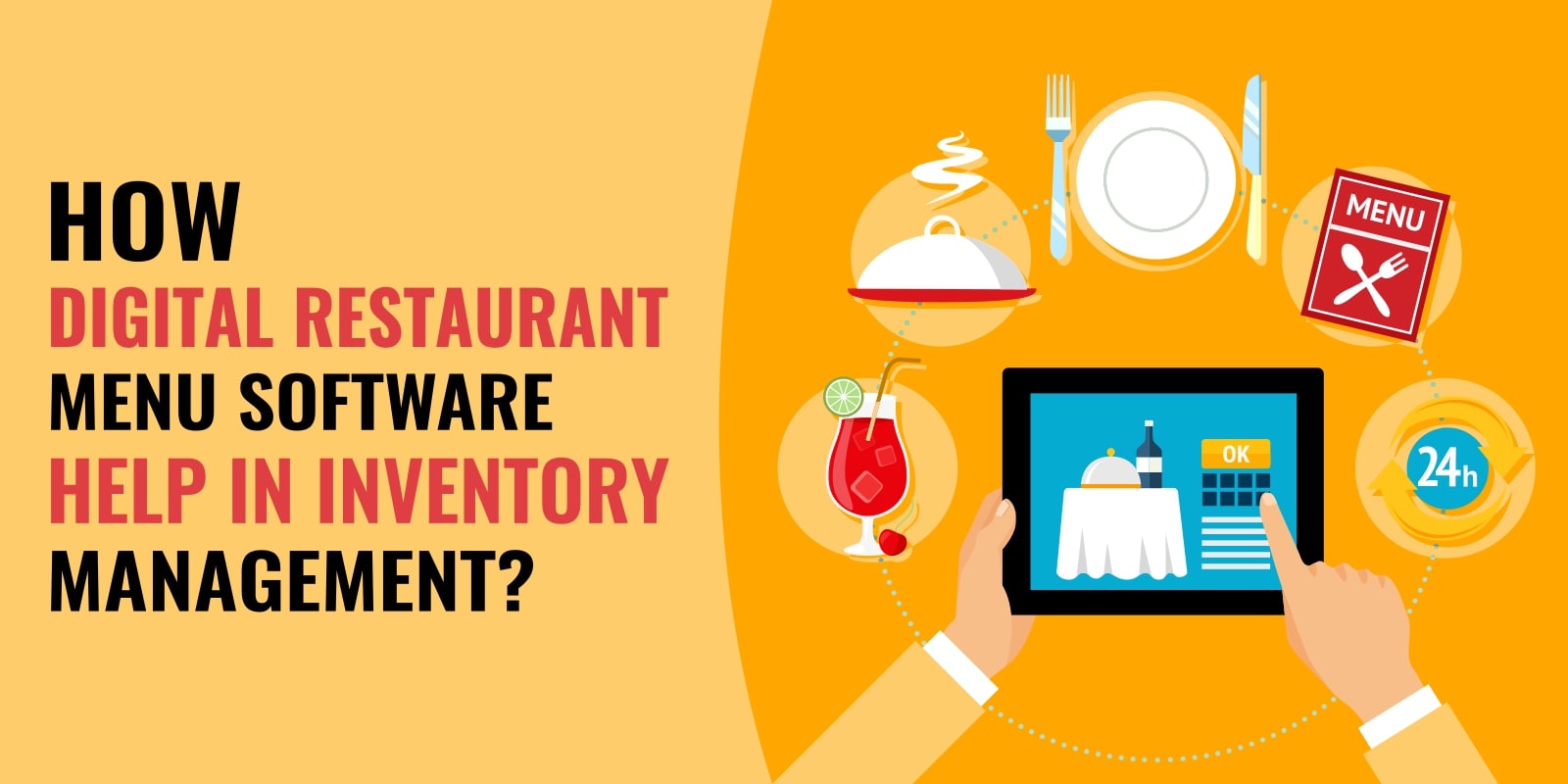There are a lot of things that sock into someone’s mind who have a dream to become a restaurant owner like delicious drinks as well as meals that you want to serve your customers, the extraordinary staff you gather and all of the earnings you will eventually make if you drive that initial stage.
Quite apart from the fact, the joy you will obtain from the final splashdown for a happy life.
For individuals who take the next step and convert their ideas into a brick and mortar restaurant, in fact, sometimes it hit like blunt force trauma. Out-of-this-world daydream gets replace with the realities of operating a restaurant. You must identify what you need to ask in the interview, the POS system you need, and tips to manage the huge amount of food, drinks and additional materials that are considered as primary resources to run your restaurant in an effective manner.
That latter process, the one that can be used to keep track of all inventory you have been paying into upfront is called restaurant inventory management and a few restaurateurs take into consideration while entering the business. It includes the track of raw materials and processed goods to plan for purchasing, understanding food costs and avoid any material wastage.
However, some restaurants still depend on the old pen as well as the paper method, while others have brought digital methods into the mind. The two most well-known techniques of inventory management are given below-
Automated inventory management with software
Spreadsheets known as par inventory sheets
But if you are entering into the restaurant business without any preparation, at least you must plan for inventory management because it is closely tied to the money. And Profits will pay off their debts by the end of the day.
Improper Inventory Management Can Result In:
- Wastage of food
- Mismanagement of budget
- Theft
- Customer dissatisfaction
Best Practices For Restaurant Inventory Management
1. POS System For Automating ProcessThe first thing that comes up is to employ an active restaurant Point-of-Sale (POS) system at your place. Trust me, it will do wonders for you! It will cut down the cost incurred to hire additional staff for inventory management and even help you in daily restaurant operations. This software will assist you to count opening as well as closing stock during a shift change, track the inventory and stock usage.
Moreover, it will provide you real-time updates of your current inventory on hand. You will get additional benefits like data forecasting, order planning reports, integrated accounting and tracking based on customer orders.
2. Follow the First In, First Out (FIFO) MethodHere you need to ask your workers to organize the restaurant inventory according to expiry dates or their arrival time at your stock. Then give out inventory as per FIFO rule; this means you have to utilize the food that has arrived first so that no material gets wasted. This, in turn, will help you to optimize the use as well purchase of raw materials for the kitchen. You can even take care of ready to serve food dishes that have been cooked for the day.
#Tip: Mark all food with the date you obtained and its expiry date.
3. List For Wastage FoodWhenever the food gets reduced from your inventory, you must know the reason for that. Most often, that reason is noted in the sales reports. But when food does not get sold and still withdrawn from the shelf? What’s the reason behind that? You need to identify that, too.
As you perform manual stocktakes, you toss out expired ingredients and update your inventory. This informs you about food wastage details in the system with solutions. Though the same applies when anything splits or the customer sends back due to some issues. Here the proper inventory tracking system is not just knowing what you have on hand, but also lists of wasted materials for taking preventative measures so that it could not happen in the future. Your POS system may have a feature that permits you to input information digitally and make a food waste sheet with different columns such as-
- Time and Date
- Item
- Amount of Weight
- Reason for Waste
- Employee Initials
Taking inventory isn’t a long row to hoe, so don’t treat like that! The information that you gather from your management efforts will determine your menu and the entire restaurant's future strategy. It’s just like glimpsing under the lid to check out these levels. For doing so, don’t wait till you almost run out of everything to respond, be proactive and regular.
Look after your inventory at the same time of day to make sure data is accurate and reliable. If you don’t, little inconsistencies will throw it off between sessions. Moreover taking inventory once in a month and next in the evening will result in differences in the data. Whenever possible, ask your staff to carry out the inventory process. This way your staff will get trained and the process runs swifter with more accuracy.
The Final Words
In fact, how you tackle restaurant inventory will influence every operation from your menu content to the delivery door and your customer's stomachs. Having good software is earthshaking. But you need to be dedicated to keeping it honest. The food in your kitchen is earning, so carried out in such a way because you already paid for it!
It’s now time to set up and take action!
jiMenu, a comprehensive POS that will not only look after your inventory but also handles everything from food ordering to table management and billing. In the nutshell, it ultimately simplifies your restaurant business management.










